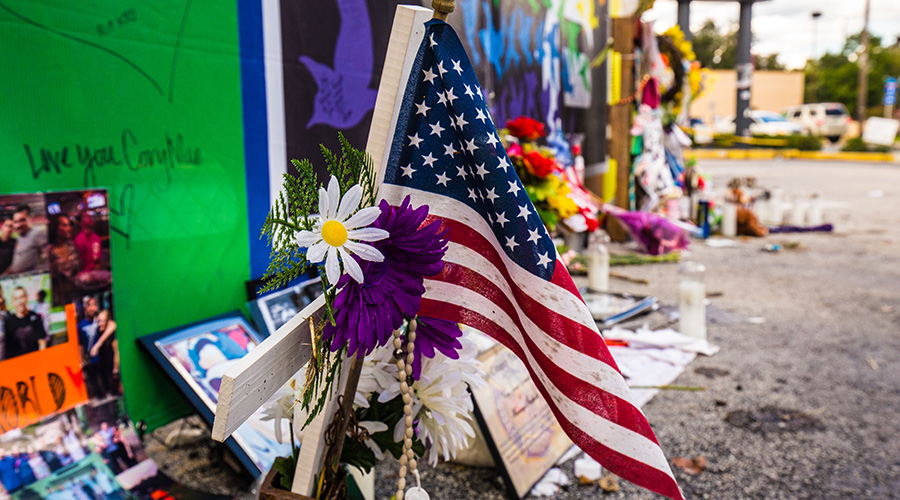Protecting Healthcare Staff From Patients, Family Members
One of the biggest safety concerns facility managers have is the treatment of staff by patients, family members, and other visitors. Protecting the workers is vital. Remember that emotions often run high in a healthcare facility, with patients not feeling well and family members having conversations about end-of-life care. Such issues add stress to already tense situations, says Freidenfelds.
Patients who act out are disruptive and violent, throwing items, yelling, screaming, and sometime hitting staffers, including security officers, Freidenfelds says. The emergency room is a particularly volatile area, with some patients coming in with chemical or psychological issues, he adds.
"The hospital is really an extension of the home sometimes, so the stresses that exist there extend to us," he says.
Hospital emergency room staffs often must deal with people whom police have dropped off because they don't know what else to do with them, says Sako. Some of these people are incoherent, and ER staffs are left to figure out what do with them. Several hospitals have safety officers standing by to make sure the individuals don't get violent with the people treating them. The facilities have created rooms off the emergency rooms in which to put these so-called stand-bys, allowing staff to watch five to eight individuals at a time, Sako says.
The labor and delivery room is another area where violence has occurred, says Freidenfelds.
Technology gives a healthcare facility's staff quicker and more efficient means of summoning help on any floor of a hospital, not just the emergency room. Rush Medical is using panic devices, which allow staff members to push a button and get help in their current location without needing to return to a nurse's station, Freidenfelds says.
Rush also uses radio frequency panic devices on staff identification cards, allowing security staff to know what room a staff member is in. There have been instances, Freidenfelds says, where difficult patients didn't allow a nurse to leave a room, but the combination of panic device and identification card allowed security to locate the nurse and get help there.
Healthcare facilities are also putting nurses in pairs so that one can stay with a patient and the other can get help if necessary, Sako says. Some facilities have a digital phone that allows a nurse or another staff member to press just one button, he says.
Technology is also helping to fill gaps caused by decreased headcounts. Although hospitals typically have control rooms that alert security officers to a problem, more of those rooms are empty because hospitals need officers walking the floors, Sako says. Several large healthcare organizations have opted for central command centers, where security personnel can monitor all facilities from one location, eliminating the need for a control room in every building.
"You can then give the roving officers a tablet or iPad, giving them the entire security system on that device," Sako says. "They can look at the tablet and see where an incident is occurring and decide how to respond. If someone gets a call saying roughnecks in the ER are starting a fight, they can get over there. When that public safety officer is on the way there, they can call up a camera in the ER to see how to approach."
Related Topics:













